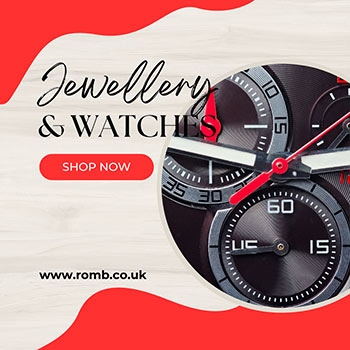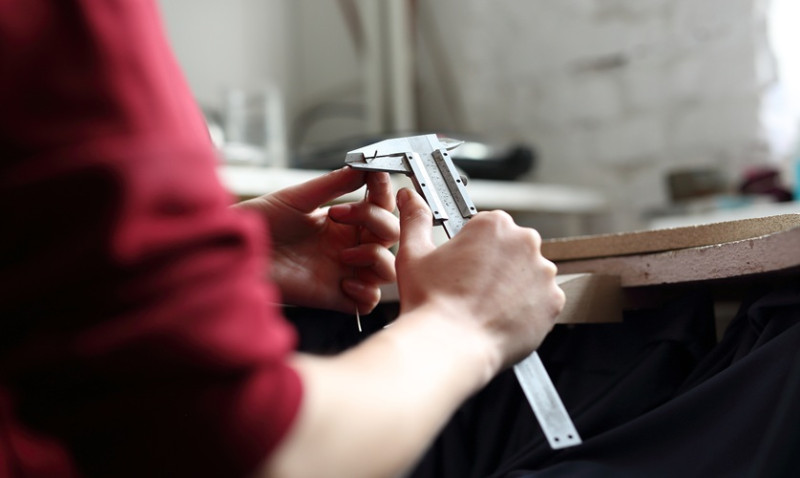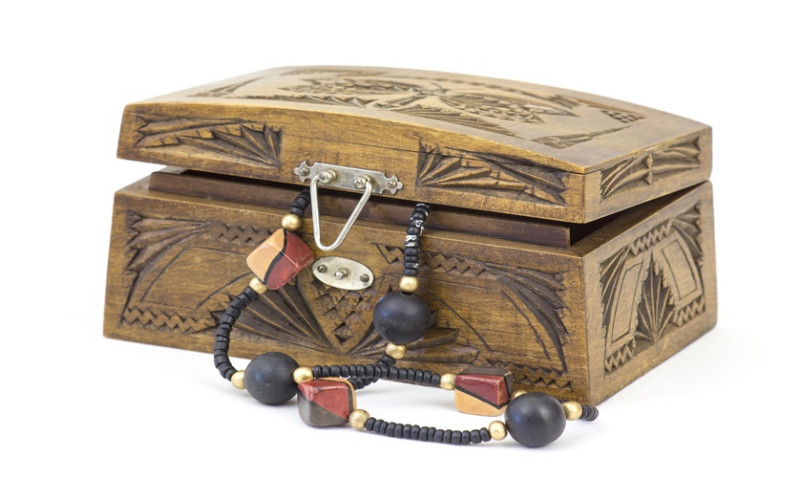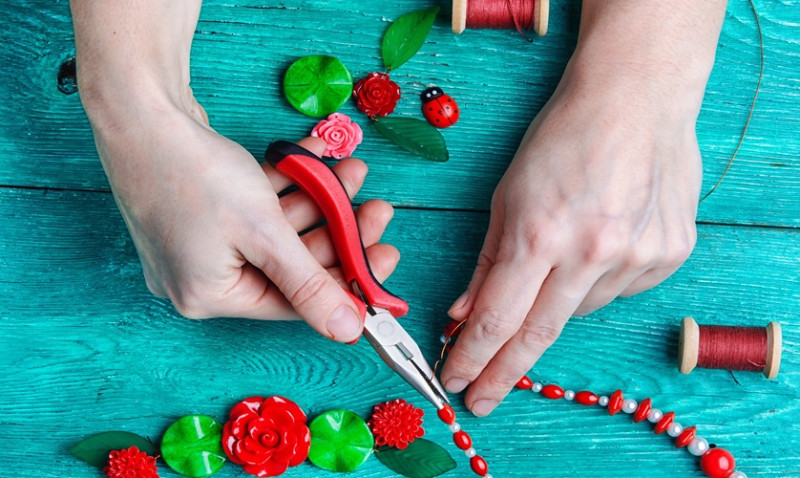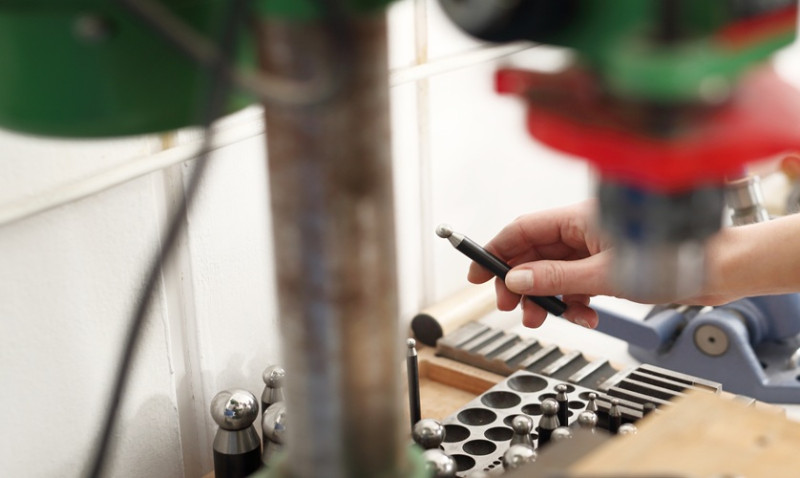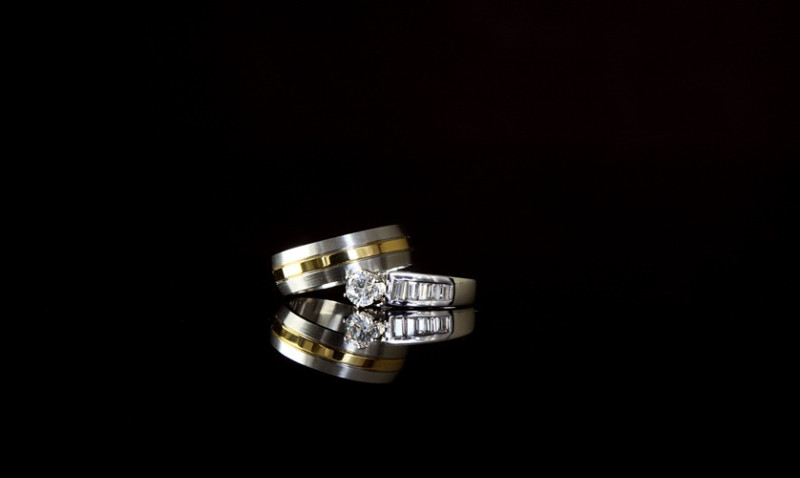
Jewelry-making is a blend of craftsmanship, creativity, and passion. Whether you’re creating bespoke pieces from your home workshop or designing statement collections for retail, enhancing your jewelry-making skills can lead to more professional, polished, and saleable pieces. For DIY enthusiasts, professional tradesmen, or designers in the UK looking to dive deeper into the world of personalized adornments, here are 10 expert tips to help you create better jewelry.
1. Choose Quality Materials
The foundation of any great jewelry piece is the quality of the materials used. Whether you're crafting with gold, silver, brass, gemstones, or beads, investing in high-quality supplies will elevate the overall appearance and longevity of your designs.
For precious metals, always purchase from reliable UK-based bullion suppliers or online resources that prove their material authenticity. Recycled metals are also a great eco-friendly option gaining popularity among conscious consumers and creators alike.
When it comes to beads and gemstones, inspect for consistency in shape, sizing, and colour. Cheaper materials can cheapen your finished product quickly, which matters especially when selling or displaying your creations professionally.
Don’t forget the importance of clasps, earring hooks, and stringing wire. A piece is only as strong as its weakest component, so always use high-quality findings for a durable and secure finish.
2. Master the Basics Before Going Advanced
It’s easy to get carried away with complex designs, but mastering the basic techniques first will provide a strong foundation for your jewelry-making journey. Practice wire wrapping, crimping, beading, soldering, and using pliers for clean finishes.
Try repeating basic projects such as string bracelets or simple pendants until your technique looks clean and consistent. You’ll find that these basic skills are transferable — and crucial — when you start experimenting with more complex designs or settings.
Taking short classes or workshops, especially in local UK crafting hubs like London, Manchester, or Birmingham, will help you gain hands-on experience and receive invaluable tips from working professionals.
Remember, there’s no need to rush. Every expert was once a beginner, and a solid mastery of the basics will help you avoid mistakes and redo’s as creation becomes more intricate.
3. Use the Right Tools
Having the correct set of tools will make a remarkable difference in the quality and efficiency of your jewelry-making. At the minimum, your toolkit should include:
- Chain nose pliers
- Round nose pliers
- Wire cutters
- Bench block and hammer
- Jeweler’s saw (for precision cutting)
High-quality tools may cost more upfront, but their longevity and consistent results justify the investment. Seek reputable UK tool suppliers who provide tools fit for professional work and consider attending trade shows to try selections before buying.
Good tools aren’t just about convenience — they reduce strain on your hands, prevent damage to your pieces, and save you time in the long run.
4. Design with Purpose
Instead of simply following trends, think about the story and functionality of each piece you’re designing. Are you making something minimalist for daily wear, or are you experimenting with large, artistic statement pieces?
Sketch your designs beforehand and consider how they’ll function in the real world. Will a heavy necklace be comfortable to wear? Will that earring design hang evenly, or do you need a counterbalance?
Understanding your target wearer — whether they’re stylish young professionals in London or eco-conscious shoppers in Glasgow — will also help your designs meet demand while letting your creativity shine.
Balance form and function to ensure your jewelry is not only beautiful but also wearable and practical.
5. Pay Attention to Detail
Little touches like clean wire wraps, aligned beads, and smooth finishing make a huge impact on the final product. Don’t overlook polishing metals, tucking wire ends, or filing rough edges.
Invest in a magnifying lamp to help you work more precisely. Small flaws that aren't visible to the naked eye can become painfully obvious once photography or magnification is applied.
Use polishing cloths suitable for specific metals — some can even protect the piece from tarnishing. Jewellery made with love and care stands out in both look and feel.
For those selling crafts online through platforms like Etsy or Not On The High Street, attention to detail can make the difference between a shop-browse and a sale conversion.
6. Experiment With Texture and Patina
Adding texture and finishes to your jewelry introduces depth and character. Hammered textures, etched designs, and brushed finishes give a hand-crafted look that stands apart from mass-produced items.
In metalworking, you can also use techniques like patinating (controlled tarnishing), oxidation, or enameling to enrich your designs and highlight particular features.
Experiment first with inexpensive materials before applying these techniques to valuable metals and stones. The UK has a plethora of workshops and online courses dedicated to surface finishes, particularly in cities with a vibrant arts scene such as Brighton or Edinburgh.
7. Keep Learning and Stay Inspired
Jewelry-making is ever evolving, with new techniques, materials, and styles continually emerging. Stay curious and up-to-date by following blogs, taking courses, and joining UK-based craft forums or Facebook groups where creators share their knowledge and inspiration.
Attend local design fairs or exhibitions like London Jewellery Week or The Goldsmiths’ Fair to see what’s trending and discover new materials or tools. Interacting with both consumers and fellow artisans will re-energize your creative spirit.
Reading international jewelry blogs and books can also expose you to global influences that you might creatively reinterpret for local tastes.
8. Organise Your Workspace
A tidy, ergonomic workspace not only helps with efficiency, but it’s essential for keeping your projects safe and well-managed. Sort materials by type, colour, or usage in labeled containers or drawers.
Have a designated soldering area, a clean stage for assembly, and an area for cleaning or polishing. Invest in trays and mats to avoid losing small parts and always return tools to their rightful spot — especially if your workspace doubles as a living area.
Good lighting is key. Natural light is best during the day, but a lamp with a daylight bulb will help you see true colours at any hour.
9. Take Professional Photos of Your Work
Especially if you're selling your jewelry or presenting a design portfolio, high-quality photographs are crucial. Use natural lighting and a neutral background to let your pieces truly shine. A macro lens or smartphone with a good camera setting can capture detail beautifully.
A white foam board placed across from a window provides soft lighting without harsh shadows. Invest time editing to enhance clarity, but don’t overdo it — buyers will expect the product to match your pictures precisely.
Photograph your pieces both flat and being worn to provide scale and context. Include measurements, material descriptions and optional views for easy comparison during online shopping.
10. Market Your Work with a Personal Touch
With so much jewelry online, using storytelling can set your pieces apart. Share the inspiration behind your designs — was it a walk along the Cornish coast, a vintage brooch from a Bristol market, or the geometry of London’s architecture?
UK audiences appreciate artisan craftsmanship and local connections, so tell your story honestly and proudly. Use Instagram, TikTok, and Pinterest to showcase behind-the-scenes content, raw sketching processes, and time-lapse videos of your pieces coming to life.
Make sure your website or storefront is SEO-optimised with keywords like “handmade jewelry UK,” “artisan rings London,” or “eco-friendly earrings Manchester.” This helps consumers find you easily through localised searches.
Finally, don't underestimate the power of word-of-mouth. Encouraging happy buyers to share or tag you on social media helps create a loyal customer base and elevates your professional brand.
Conclusion
Improving your jewelry-making isn't about having the fanciest tools or most expensive materials — it's about developing an eye for detail, maintaining discipline in your craft, and staying inspired. Whether you're just discovering the joy of DIY or you're a seasoned maker expanding your collection, following these tips will help you grow steadily while creating unique, high-quality pieces with British charm and global appeal.
